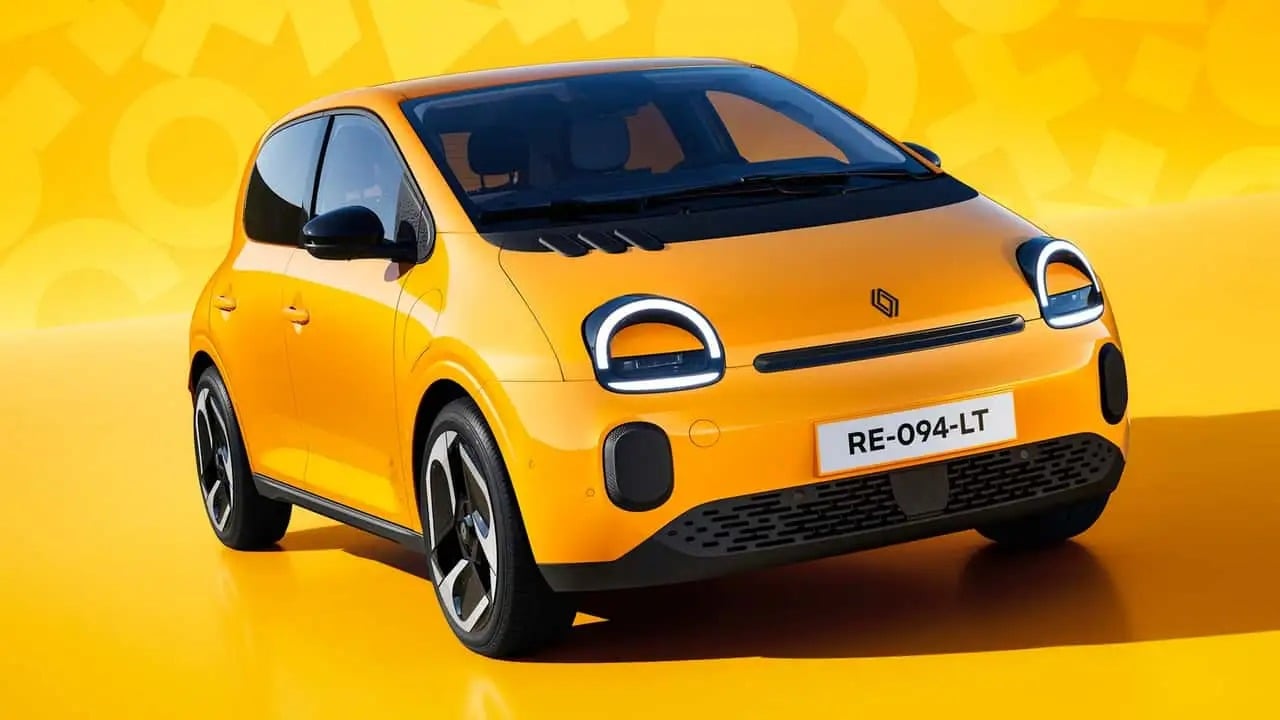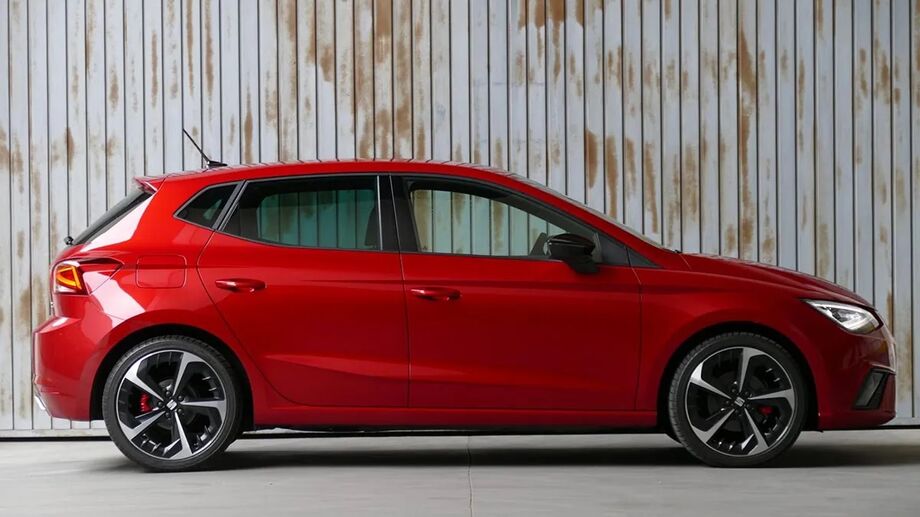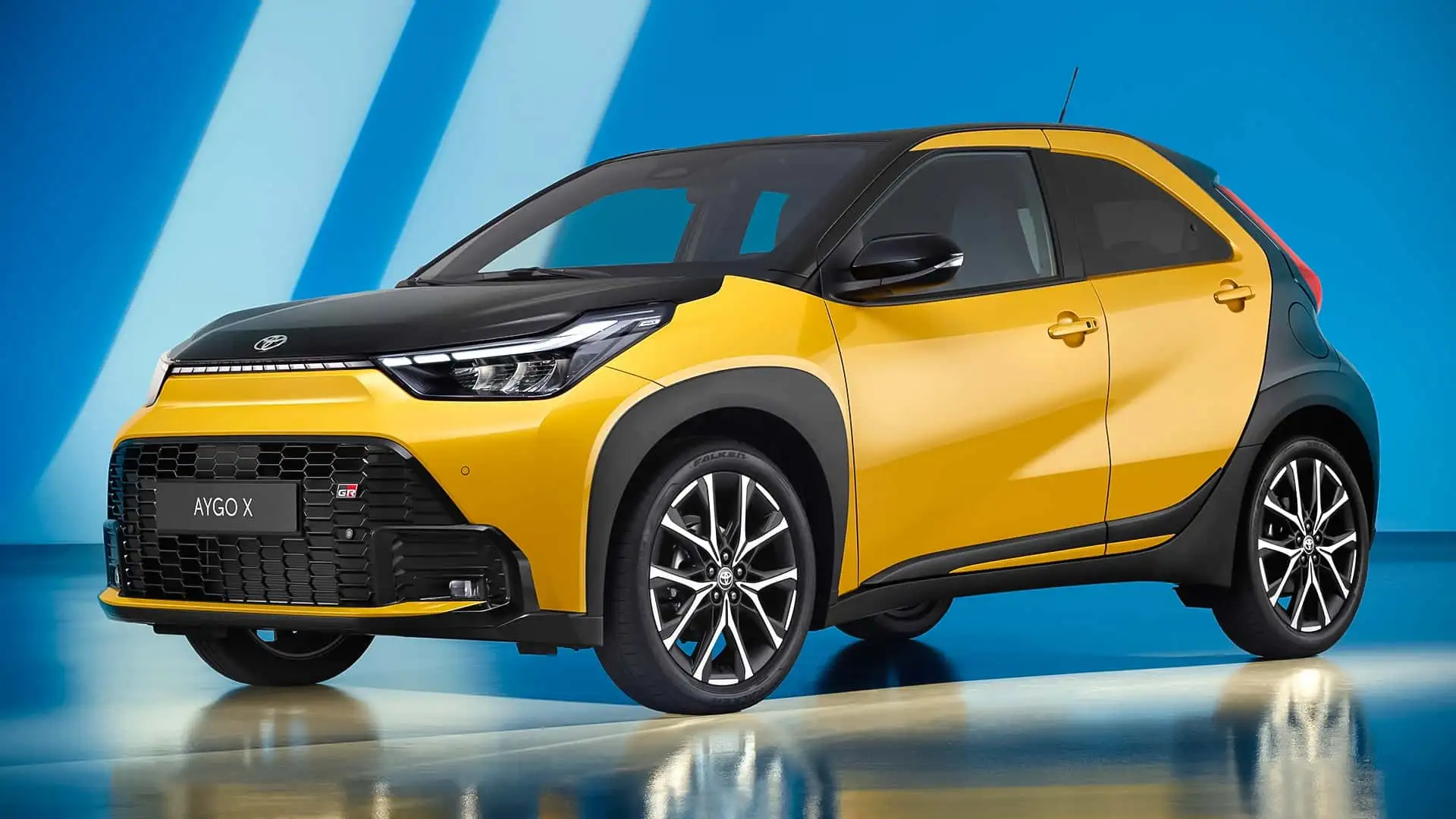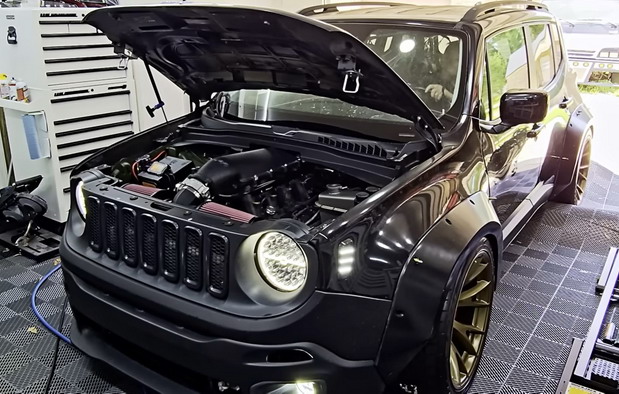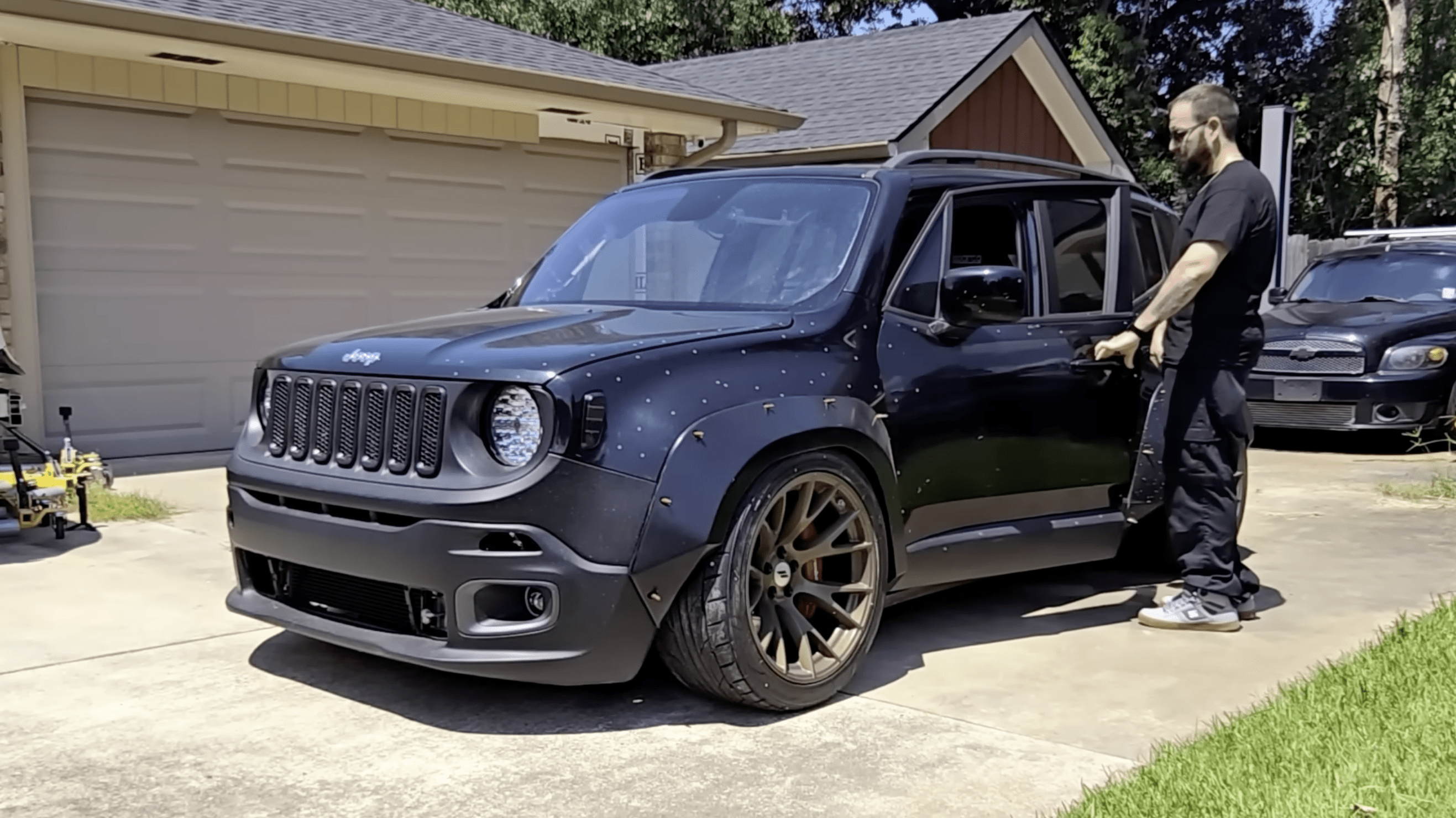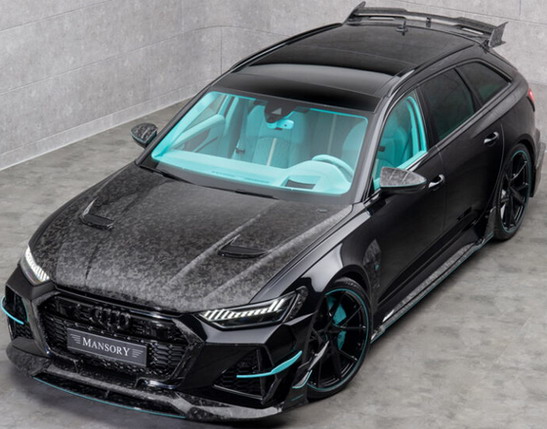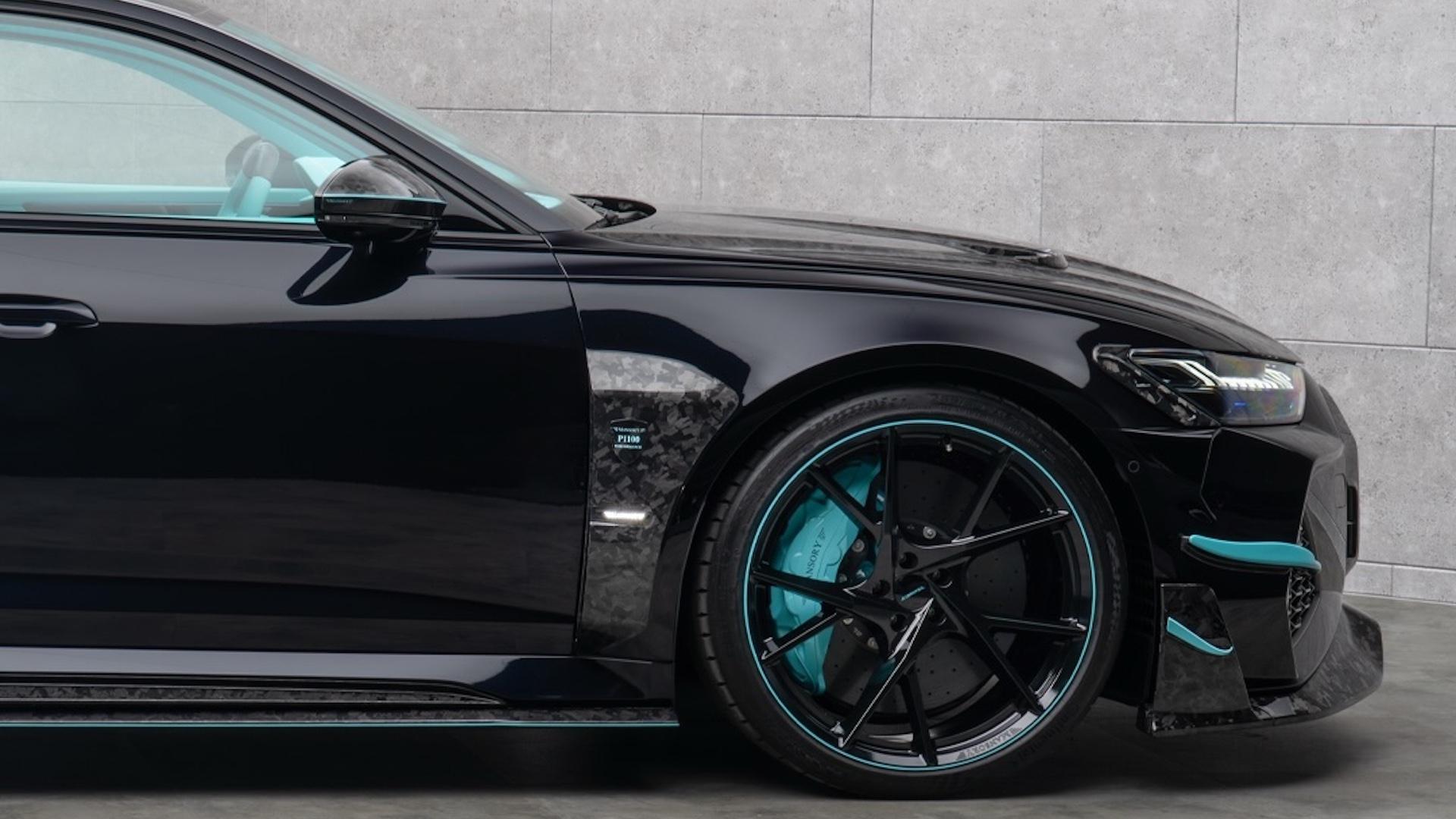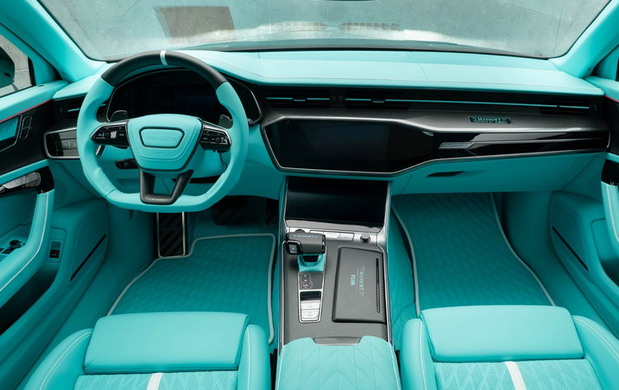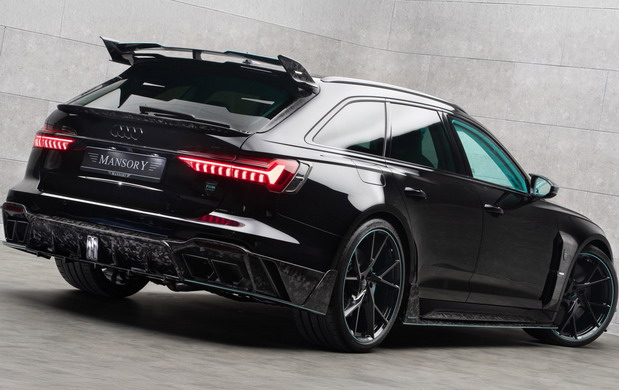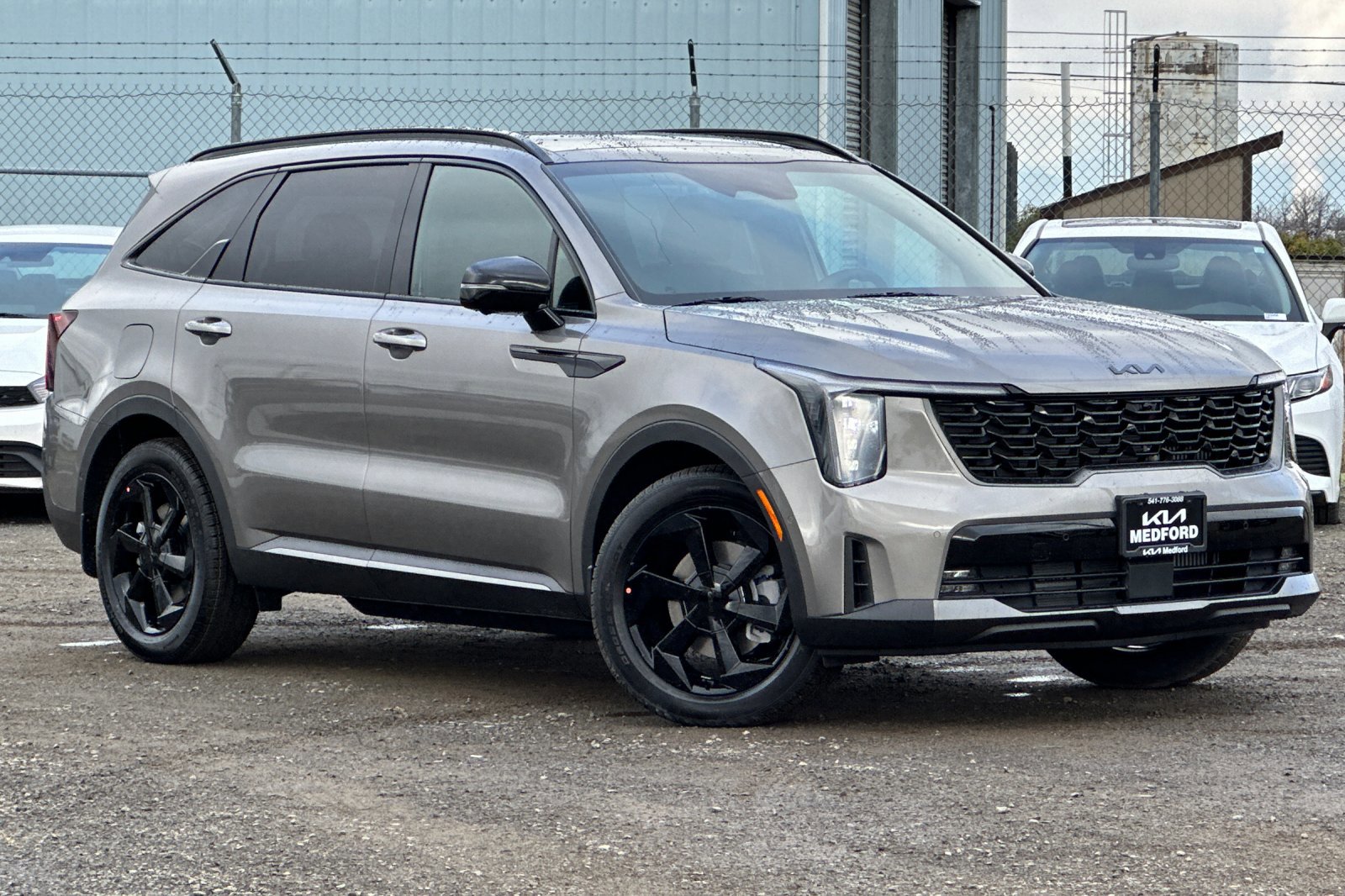DAKAR 2026
-large.jpg)
Monster Energy Honda HRC Team ready for the start tomorrow
After passing the technical checks, the Monster Energy Honda HRC team is counting down to the start of the Dakar Rally. The clock for the most demanding event of the 2026 World Rally Raid Championship starts running this Saturday (January 3rd), in the prologue in Yanbu, Saudi Arabia.
The team arrived in the country last week to adapt to the time zone and local conditions, as well as to carry out the final tests on the Honda CRF450 RALLY motorcycles. Riders Ricky Brabec, Skyler Howes, Adrien Van Beveren and Tosha Schareina made the final adjustments to the equipment, focusing on the first stages. They also completed the administrative checks and the team's motorcycles passed the technical inspection without problems this Friday (January 2nd), at the starting camp in Yanbu, located on the shores of the Red Sea.
Another highlight for Monster Energy Honda HRC was the launch of the exclusive team to compete in the Rally 2 category in the World Championship. Newcomers to the Dakar Rally, riders Martim Ventura and Preston Campbell are also confirmed, racing Honda CRF450 RALLY motorcycles.
With almost eight thousand kilometers of challenges over the next two weeks, about five thousand of them timed sections, the 48th edition of the Dakar Rally is about to begin in Yanbu. The race will start with a 41 km transfer stage, preceding the 22 km prologue. Despite the short distance, Saturday promises to be intense and demands a good performance from the riders. This is because the prologue helps determine the starting order for the first stage, and can directly influence the initial dynamics of the race.
Ruben Faria (General Manager of the Monster Energy Honda HRC team) – “We are in Yanbu, the weather is good and the Honda CRF450 RALLY bikes have passed all the technical checks. The riders are very excited for the 22 km prologue, which looks like a ‘mini’ stage with many checkpoints. Our bikes have been prepared and we are ready for the most important race of the year, the Dakar Rally”.
The favorites for the 2026 Dakar title in cars and motorcycles...The 2026 edition of the Dakar is approaching, with the first official movement this Saturday (03) with the Prologue, which defines the starting order of the first special stage, on Sunday (04). Again, Saudi Arabia will be the stage for an arduous and intense dispute lasting almost 15 days.

In the cars, Ford and Dacia arrive in Saudi Arabia determined to apply the lessons they learned in their debut last year, with the aim of ending Toyota's dominance in the world's most prestigious rally. The Japanese brand unveiled a completely new car to maintain its leading position.
The rally itself features several changes, with the route and format altered by the organizer, ASO, to add a new challenge. After the ceremonial start and the Prologue on January 3, competitors will face nearly 8,000 km over two weeks, crossing some of the most unforgiving terrain in the Middle East.
Several other drivers on the entry list are capable of surprising in 2026. Toyota driver Seth Quintero, for example, will be a much more potent force in his third participation in the Ultimate category.
Two-time motorcycle champion Toby Price is also taking on a more prominent role, whose impressive Dakar debut in the car category with Overdrive last year earned him a promotion to the Toyota factory team.
Young Ford driver Mitch Guthrie complemented Ekstrom well in 2025 and appears to be well-positioned to challenge for individual stage wins this year. His teammate, Nani Roma, winner of the Dakar on both two and four wheels, should also not be ruled out.
Besides Toyota, Ford, and Dacia, two smaller manufacturers could regularly mingle among the top 10 finishers this year: Century and Mini. At Century, Matthieu Serradori and Brian Baragwanath have a history of overcoming team challenges, while Mini also boasts proven talents like Guillaume de Mevius and Lionel Baud.
Finally, Peterhansel, "Mr. Dakar," will also line up at the start in Yanbu on January 3rd, after missing the event in 2025, competing for Land Rover's Defender brand in the Stock class.
The motorcycle ranking in the Dakar has been dominated by KTM since the beginning of this century. The Austrian manufacturer recorded 18 consecutive victories between 2001 and 2019 and won again in 2023 and 2025. In the meantime, KTM only failed to win the rally four times: in 2020, 2021, and 2024, Honda took the victory, while KTM's sister brand, GasGas, managed to win the 2022 edition.

With current champion Daniel Sanders in its ranks, KTM appears to be the clear favorite to win the 2026 Dakar as well. The American, who became the 17th different winner among motorcycles last year, also secured the World Rally-Raid Championship title after his Dakar victory.
In the KTM factory team, Sanders will face at least the opposition of the experienced Luciano Benavides and the young Édgar Canet. The latter triumphed in the 2025 Rally2 class of the Dakar, also winning the W2RC title in that class and subsequently being promoted to the Austrian manufacturer's factory rally team.
Four other brands will try to prevent KTM from achieving its 21st Dakar victory, with Honda being the main focus. The Japanese manufacturer has assembled a strong factory team in the RallyGP class (the main motorcycle class), with two-time winner Ricky Brabec as the standard-bearer.
The American finished fifth last year, still behind teammates Tosha Schareina and Adrien van Beveren. Honda's fourth factory rider, Skyler Howes, also finished in the top six last year. This gives the Tokyo-based brand another strong contingent for the 2026 Dakar Rally.
Hero, in turn, has also assembled a very good team for the Dakar. The India-based manufacturer is led by Ross Branch, who still finished in a fine second place in the 2024 standings. Ignacio Cornejo, seventh in the final standings last January, is also back in the race for the brand.
Sherco has also had a delegation in the RallyGP in recent years and it will be no different in 2026. Bradley Cox and Lorenzo Santolino should try to achieve success for the French manufacturer.
Finally, there is also a newcomer to the RallyGP in the 2026 Dakar Rally. The Chinese brand Hoto will make its first attempt at an overall victory in the rally after debuting in the Rally2 class last year. Mason Klein, active last year for the also Chinese Kove, has been recruited as Hoto's main name. He will be joined by Martin Michek in the factory team.
Mundoquatrorodas





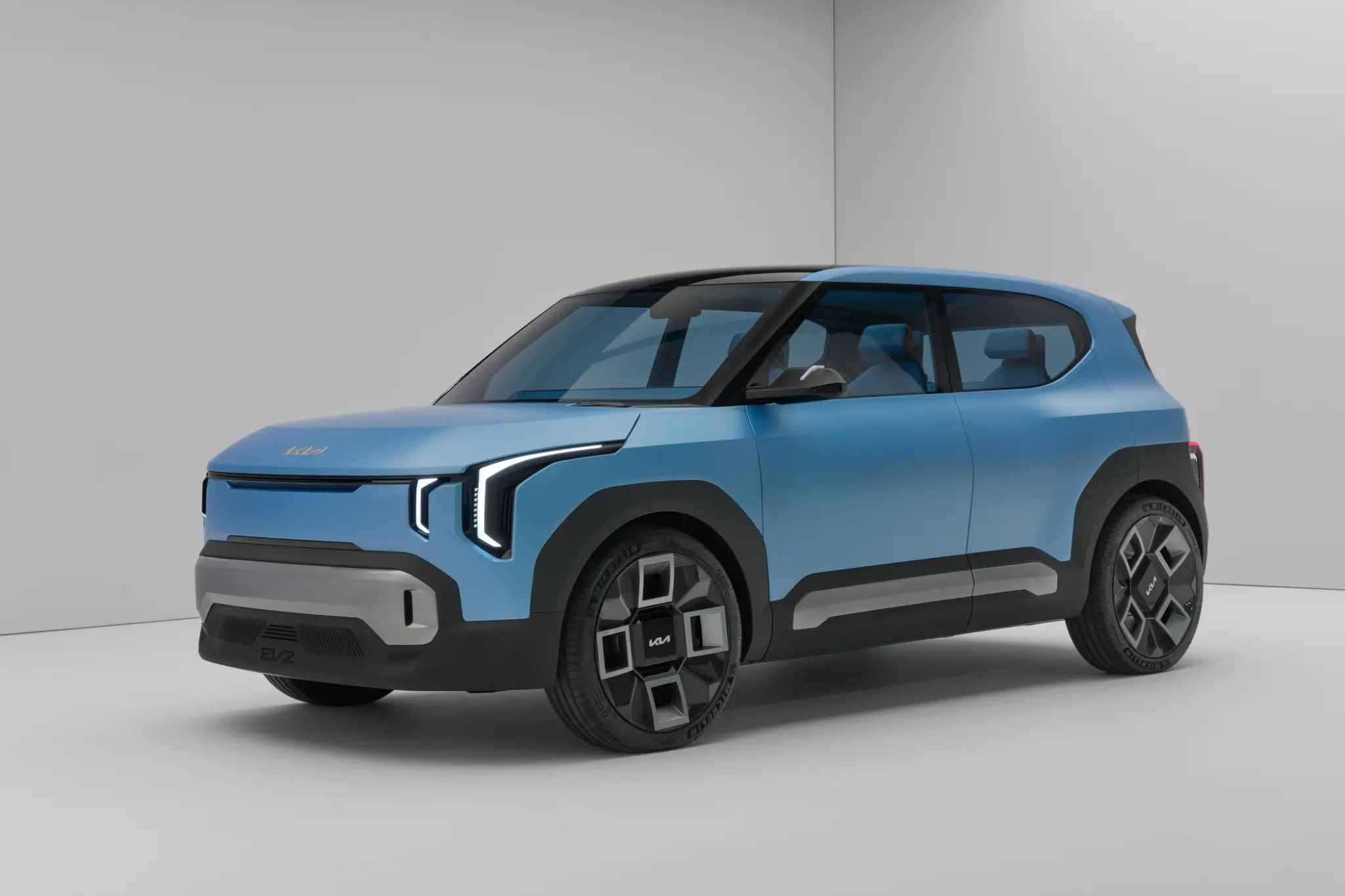
/i.s3.glbimg.com/v1/AUTH_cf9d035bf26b4646b105bd958f32089d/internal_photos/bs/2025/x/b/uRj74BQ8KAfrz6rVcUDQ/nissan-micra-march.jpg)
/i.s3.glbimg.com/v1/AUTH_cf9d035bf26b4646b105bd958f32089d/internal_photos/bs/2025/w/P/cfVX7gQXSQV4h0FfJPQw/renault-clio-full-hybrid-e-tech-esprit-alpine-absolute-red.jpg)
